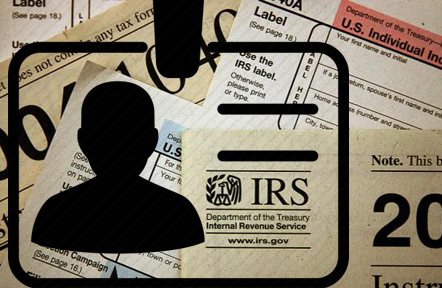Federal Gov Getting More Serious About Cracking Down on Worker Misclassification
 Federal agencies with oversight over various industries are taking the problem of worker misclassification more seriously and are taking steps to rein in as many bad actors as possible, according to various reports.
Federal agencies with oversight over various industries are taking the problem of worker misclassification more seriously and are taking steps to rein in as many bad actors as possible, according to various reports.
Worker misclassification, as you may know, happens when a company pays employees as independent subcontractors with the intent of skirting payroll taxes and denying benefits like health coverage. There are many legitimate uses of contract labor, of course, but the problem arises when companies use the classification to gain an unlawful competitive advantage and to deny basic protections for craft professionals and others. Companies that cheat on their payroll taxes can easily underbid law-abiding contractors by as much as 30 percent or more because of their illegitimate savings on labor costs.
Writing on the Forbes website, Richard Reibstein of the Pepper Hamilton Law Firm said the firm did an analysis of public statements, press releases, and Congressional testimony offered by federal officials over the last several years to compile a list of industries targeted for violations related to worker misclassification. Some are perhaps surprising while others are obvious. Those industries are:
Construction
Janitorial services
Nursing
Staffing
Internet services
Transportation and trucking
Cable companies
Security
Catering services
Hotel/motel
Oil and gas
Landscaping
Car service/limousines
The report also points to several recent cases in which companies have faced penalties for misclassifying workers, including a $1.075 million consent judgment against a cable company for allegedly misclassifying its cable installers; a $277,000 assessment against a janitorial service subcontractor and its payroll services company found to be joint employers of low-wage custodians misclassified as independent contractors; and a $395,000 consent judgment against a construction contractor for misclassifying carpenters, electricians, masons, laborers, painters and drywall hangers.
Government actions like those are not the only problem for companies cheating on payroll taxes, according to the report. Those employers also face the very real possibility of class action lawsuits that can cost millions:
Recoveries in a number of misclassification lawsuits have exceeded $10 million; indeed, this last Friday, FedEx announced that it had settled with drivers in California for $228 million. Some of the other notable recoveries in independent contractor misclassification cases include:
- A newspaper publisher that was ordered to pay its newspaper carriers $11 million;
- A home improvement retailer that settled with its installers for $6.5 million;
- A New York adult entertainment club that settled with exotic dancers for $10.9 million;
- A nationwide overnight courier that was ordered to pay more than $20 million in unreimbursed work expenses and legal fees in a large state;
- A large janitorial firm that agreed to pay $5.5 million to its franchised custodians who claimed they were employees; and
- An airport shuttle company that settled with drivers for $11.9 million.
As was reported last year, noted Texas labor attorney Daniel Ramirez warned construction company executives and human resources professionals in Dallas/Fort Worth about class action lawsuits resulting from misclassification of employees. From our report:
“This is one of the hottest litigated issues,” Ramirez said, in large part because some workers will find out they should have been paid as employees and therefore should have received overtime pay.
If an employee filed suit over a claim of unpaid overtime to the tune of as little as $1,500, that could rapidly turn into a class action involving 10 employees collectively seeking about $30,000. And that doesn’t even take into account attorneys’ fees, Ramirez said.
Ramirez pointed to the IRS 20 point test that business owners can use to help figure out which workers can legally be paid as contractors and which must be paid as employees. He said the law generally defines an “independent contractor” in a straightforward way: It’s a person who is “economically dependent on multiple people,” Ramirez said. Conversely, if someone is totally dependent on one company, the high probability is that person cannot be classified as a contractor, even if they work at multiple locations.
The Department of Labor’s Wage and Hour Division has entered into agreements with various state governments to root out worker misclassification. You can see the DOL’s map of where this is happening by clicking here.








